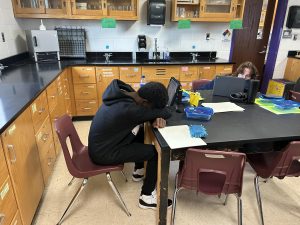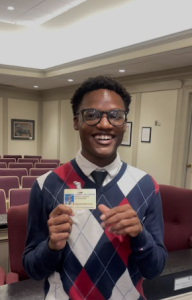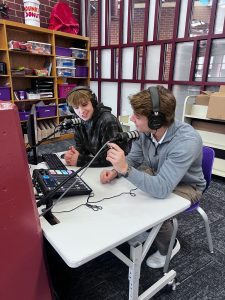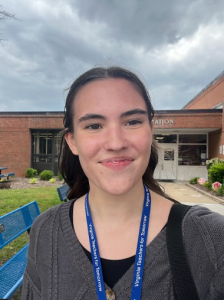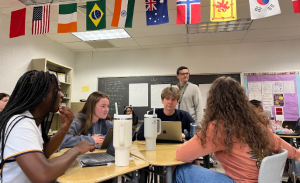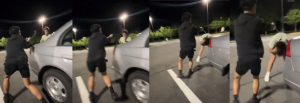The Complicated Road to Recovery: Living with PTSD
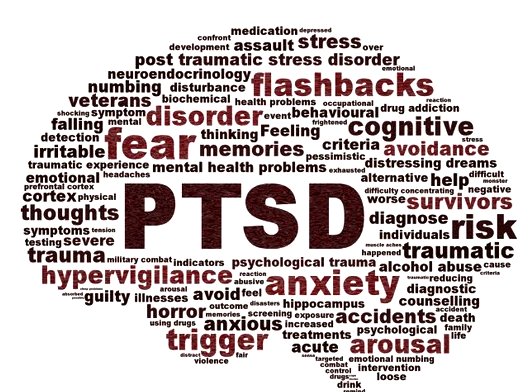
October 24, 2016
When I was 11, I was attacked while walking home. After the attack, I began having awful nightmares and flashbacks. I found myself not being able to perform daily activities such as eating, paying attention in class, or even partaking in things I enjoyed, like playing piano. I isolated myself from friends and family and turned to other risky behaviors as a result. Like millions of adolescents diagnosed annually, I have PTSD.
PTSD, Post-Traumatic Stress Disorder, according to the Anxiety and Depression Association of America (ADAA), is a serious, potentially debilitating condition that can occur in people who have experienced or witnessed a natural disaster, serious accident, terrorist incident, sudden death of a loved one, war, violent personal assault such as rape, or other traumatic events.
Some symptoms of PTSD include dissociation, flashbacks, nightmares, and persistent emotions of fear, anger, sadness, and self-blame. Another symptom is exaggerated negative feelings. A sufferer of PTSD may find themselves saying things like, “No one can be trusted; I am an awful person; The world is an evil place.”
A common misconception that people have of this illness is that it really only affects war veterans. However, according to the ADAA, 3% to 15% of girls and 1% to 6% of boys who have experienced trauma develop PTSD. Depending on the form of trauma, the statistics may vary.
It is important to note that post-traumatic stress disorder looks different in children and teens than it does in adults. Children often have a hard time remembering their trauma. One coping mechanism they may have is dissociation.
During these periods or episodes, a child may seem mentally absent. This can occur if a child feels threatened or triggered by something that reminds them of their trauma. In addition, the cognitive skills of younger children are commonly affected. Traumatized children may appear to be autistic and have major difficulties with learning.
Furthermore, teens with PTSD are more likely to have symptoms of aggression and other impulsive behaviors. Concerns are raised when it comes to teenagers with PTSD, for they are more prone to violent outbursts, promiscuity and using recreational drugs.
“Trauma is personal. It does not disappear if it is not validated. When it is ignored or invalidated the silent screams continue internally heard only by the one held captive. When someone enters the pain and hears the screams healing can begin,” writes Danielle Bernock, author of Emerging with Wings: A True Story of Lies, Pain, and the Love That Heals.
For me, the assault was a riptide in my already upstream battle of recovering from previous abuse. My symptoms seemed to increase, and daily life was difficult.
Luckily, recovery from PTSD is possible with the proper treatment and support system. Treatment consists of various forms of therapy and medication.
Recovery is in no way a walk in the park, but it is important to know that the walk does not have to be done alone. There are people out there that want to help. I think it is important for the loved ones of those with PTSD to know that their support is the best thing they can give.

